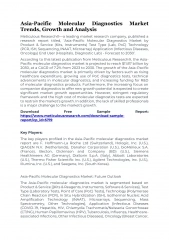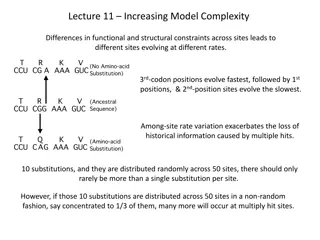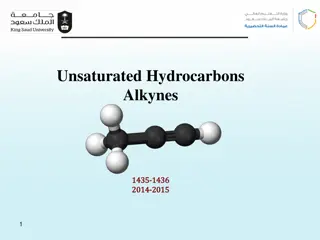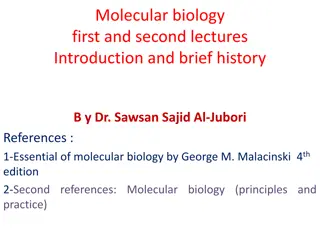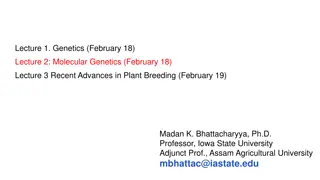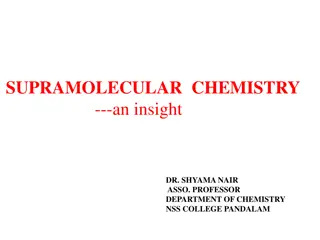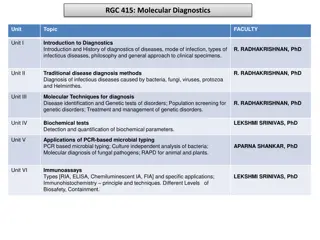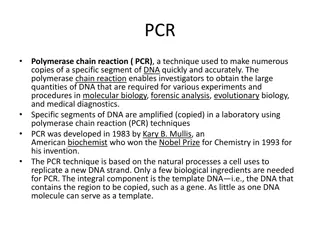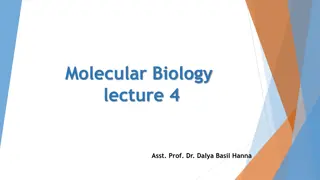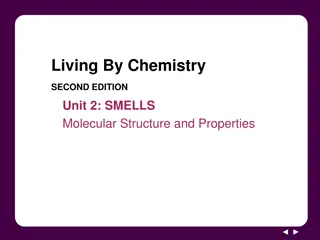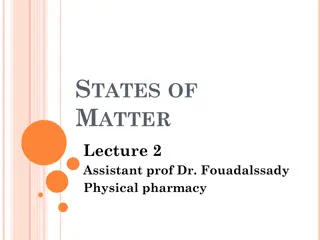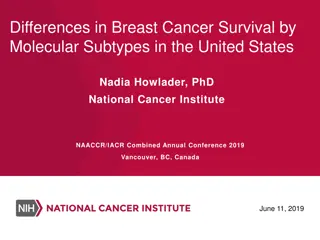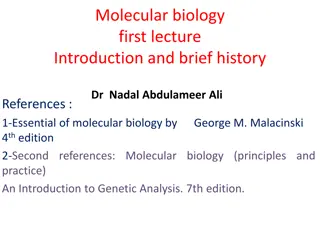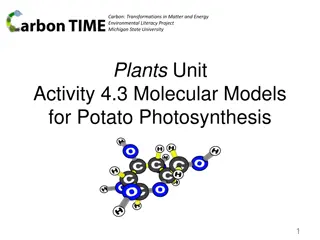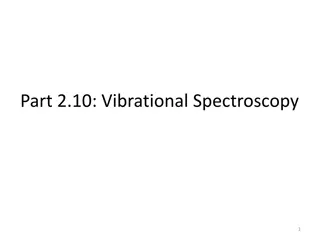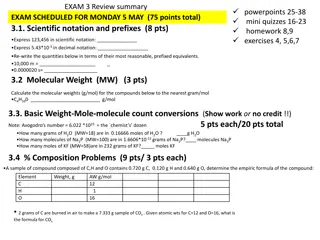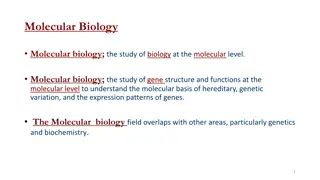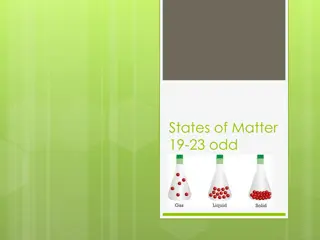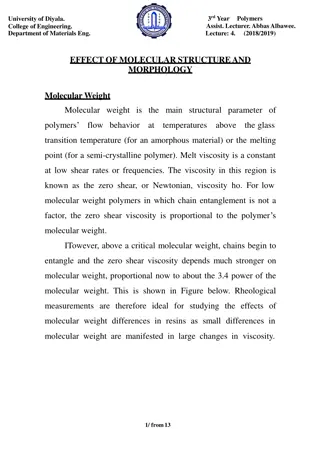Role of N-States in Molecular Photodissociation
The influence of N-states in molecular photodissociation processes, this study delves into topics like bond fission in various molecules, excited state photochemistry, singlet state potentials of H2O, and testing predictions through experiments and theory.
Download Presentation

Please find below an Image/Link to download the presentation.
The content on the website is provided AS IS for your information and personal use only. It may not be sold, licensed, or shared on other websites without obtaining consent from the author. Download presentation by click this link. If you encounter any issues during the download, it is possible that the publisher has removed the file from their server.
E N D
Presentation Transcript
The role of (n/)* states in molecular photodissociation processes Mike Ashfold University of Bristol http://www.bristoldynamics.com Leiden Observatory Workshop: Photodissociation in Astrochemistry 3-5 February 2015 Kasteel Oud Poelgeest, Leiden
Plan for lecture Short introduction to (n/ ) * states O H/S H bond fission in H2O, H2S, alcohols/thiols, etc N H bond fission in ammonia, amines C H bond fission in methane, ethyne and HCN Larger molecules? (n/ ) * state mediated ring opening? Conclusions and future prospects
Excited state photochemistry: (n/)* excited states HF Archetypal * n/ excitation. Repulsive excited state potential. Direct bond fission H + F atoms
H2O (singlet state potentials shown only) conical intersection OH not spherically symmetric, presents p and p orbitals. 1 and 1 potentials cross at linear geometry. 1A components avoid each other when bent conical intersection (CI) at HOH = 180 and extended RO H. Change in HOH with O H bond extension OH product rotation?
How to test such predictions? In case of H2O: simple triatomic, light atoms, high I.P. Experiment: photofragment translational spectroscopy (PTS) / imaging. Theory: ab initio full-dimensional PESs, propagate wavepackets. What are key wavelengths to study? Experimentalists prefer > 200 nm or = 121.6 nm, but almost any wavelength is possible if the problem merits it. Absorption cross-sections ( ; T) generally not available an issue for light molecules with structured Rydberg regions.
H Rydberg atom PTS {Karl Welge (Bielefeld)} Cation Detector Rydberg State (H*) Tagging (366nm) n=2 Photolysis Lyman- (121.6nm) H* n=1 Hydrogen Atom Molecular Beam High n tagging (366nm) Lyman- (121.6nm)
H2O + h (=121.6 nm) H + OH(X/A, v, N) Product recoil anisotropy, electronic branching in products, immune to effects of OH predissociation, confirm massive OH product rotation. (see also Dr Kaijun Yuan presentation, Wed 4 pm). Yuan et al., PNAS 2008 105 19148 (Mordaunt et al., JCP 1994 100 7360)
Hydrides (and halides) Similar ideas go a long way to explaining/predicting photoinduced excited state bond fission in all gas phase hydride molecules: H2O CH3OH, C6H5OH, H2S, CH3SH, C6H5SH, NH3 CH3NH2, cyclic amines (pyrroline, morpholine, etc), heterocycles (azoles, indoles, adenine, etc), C6H5NH2, .. HCN, HCCH, etc alkylated analogues (e.g. ethers, thioethers, secondary amines, etc) (PCCP 201012 1218) families of halides (e.g. hydrogenhalides alkyl halides,aryl halides,halophenols, ..) (PCCP 2011 13 8075; JCP 2013 138 164318)
H2S Similarities (but also differences) with H2O. I.P.(H2S) < I.P.(H2O), D0(H SH) < D0(H OH) observe given photodissociation behaviour at longer in H2S. Near UV photolysis * 3px(HOMO) continuum spanning 190-250 nm. H + SH(X) products formed predominantly in v = 0, low N states Anisotropic recoil Similar behaviour to that shown by H2O in wavelength range 150 < < 190 nm. = 243.3 nm Wilson et al., Mol Phys 1996 88 841
H2S + h (=121.6 nm) H + ? Excite just below 1st I.P. high density of states. Populate (or couple to) second n * state. Dissociate to H + SH(A) with: v 5 (and low N), and v = 0 with high N. No H + SH(X) products. Dissociating molecules fail to sample relevant CI in RH SH at linear geometries. 3-body fragmentation H + H + S. H2 + S yields? (Mingli Niu presentation, Thurs 11 am) Cook et al., J Chem Phys 2001 114 1672
VUV photolysis of alkyl alcohols and thiols? HRA-PTS studies of MeOH, EtOH photolysis at = 157.6 nm.* Fast H atoms from H OMe, H OEt bond fission on n * PES; slower H atoms attributed to primary C H bond fission and to secondary decay of vibrationally hot OMe and OEt products. MeSH studied at = 193.3 nm (and longer wavelengths) (Butler, Wittig, ourselves, Yang, Parker, .). H SMe and HS Me bond fissions studied in some detail. 121.6 nm photolysis of such larger polyatomic systems rarely studied in a quantitative manner. In many cases, photoexcitation would project molecule above first I.P., myriad fragmentation pathways (in principle), not that appealing to photodissociation dynamicists. * Yuan et al, Chin. J. Chem. Phys. 2008 21 301
NH3 + h H + ? 3s n excitation gives structured A X absorption band centred at ~200 nm, dominated by progression in excited state umbrella-bend vibration. Conical intersection between ground and first excited PESs in RH2N H dissociation coordinate, at planar geometries. Upon dissociation, parent out-of- plane vibrational motion maps into a-axis rotation of NH2 fragments. Mordaunt et al., J Chem Phys 1996 104 6460
NH3 + h ( = 216 nm) H + NH2(X) Excess energy channelled into product translation and rotation Broadly similar behaviour seen at all wavelengths 193 nm. NH2(A) products also identified once above relevant energy threshold. Similar studies of NH2D, NHD2 and ND3 photolysis at these near UV wavelengths. No similar quantitative study at = 121.6 nm (above I.P.) MeNH2: Me NH2 and MeNH H bond fission following near UV excitation, but nothing quantitative at shorter wavelengths. Mordaunt et al., J Chem Phys 1996 104 6460
HCN + h ( = 121.6 nm) ? H + CN(A) products dominate, bimodal rotational state population distribution. No H + CN(X) products identified. Fully consistent with dissociation via * PES. Predict same for HC2nCN, given same X2 vs A2 ordering in C2nCN radicals. ( HCN = 180 ) Cook et al., J Chem Phys 2000 113 994
C2H2 + h ? ~210 nm: Excite (bent) valence states, Slow dissociation (ISC) via triplet states H + C2H(X) products. Beautifully quantum state resolved problem. 121.6 nm: Region of high state density, Efficient coupling to * PES Dissociate to H + C2H(A) products, with obvious activity in C=C stretch mode. Mordaunt et al., J Chem Phys 1998 108 519; Loeffler et al., J Chem Phys 1998 109 5231
CH4 + h ( = 121.6 nm) ? A long standing challenge. CH4 only absorbs at 137 nm. H + CH3 identified as major primary products when exciting at 121.6 nm as long ago as 1993. Also see slow H atoms from three-body dissociation. Mechanism? H atoms show speed dependent recoil anisotropy. (Wang et al., J. Chem. Phys. 2000 113 4146). Mordaunt et al. 1993 98 2054
CH4 + h ( = 121.6 nm) ? Recent clarifications. Experiments at ~130 nm (Zhang et al., J. Phys. Chem. Letts. 2010 1 475. Structure in TKER spectrum confirms H + CH3 products; latter carry high N (and v) excitation. Theory (van Harrevelt, J. Chem. Phys. 2006 125 124302) Identifies conical intersections between S1 and S0 PESs at planar geometries that offer potential routes to the observed fragmentation products.
Summary Focus of talk photodissociation dynamics of hydride molecules, using H (Rydberg) tagging methods. Ion imaging methods applicable to many other small fragments. In almost all cases, level of study (and understanding) much better for near UV wavelengths than at = 121.6 nm. (n/ ) * PESs enable excited state photofragmentation. Radiationless transfer to S0 PES, and unimolecular decay of vibrationally hot S0 molecules becomes ever more important for larger polyatomic molecules. Outstanding issues for experiment and theory: identification of all products product branching ratios (T) dependence of total (and partial for forming possible products)
Acknowledgements Bielefeld: Karl Welge, Ludger Schnieder, Eckart Wrede (Bielefeld) Bristol: PhD students: Greg Morley, David Mordaunt, Steve Wilson, Claire Reed, Phil Cook, Brid Cronin, Mike Nix, Adam Devine, Graeme King, Tom Oliver, Tolga Karsili, Barbara Marchetti, Rebecca Ingle. PDRAs: Ian Lambert, Steve Langford, Emma Feltham. Academic colleagues: Richard Dixon, Colin Western, Andrew Orr-Ewing.
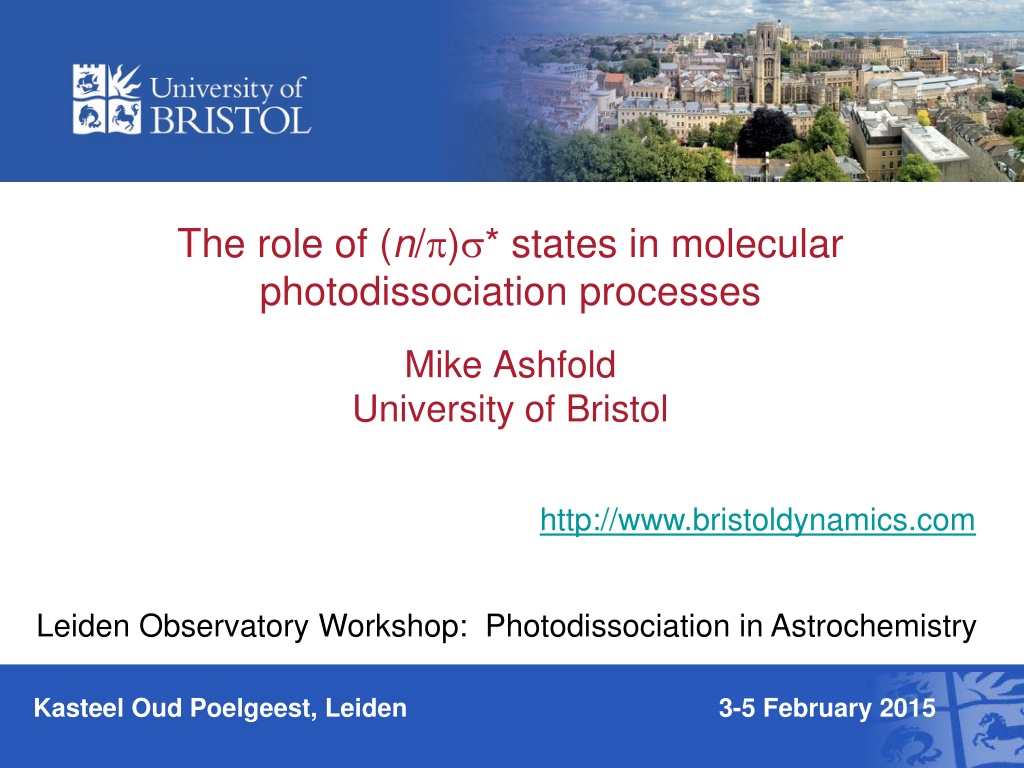
 undefined
undefined







